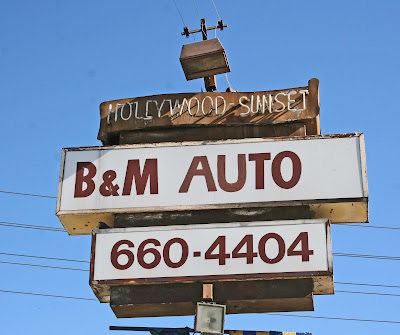I’ve been looking at photographs of people walking in ruins. The one above is one of the most familiar, taken in the London blitz, a morning after shot. And if you’d asked me a couple of days back I’d have said it was by Cecil Beaton or Bill Brandt. It turns out I was wrong about that, as you’ll see.
Without really thinking about it too much, I’d never doubted that it was a bit of a set up, though not a particularly reprehensible one, a morale-boosting image to show Londoners that life was still going on normally even after a night of bombings. For one thing, I didn’t really believe that milkmen were still sticking to their rounds in the middle of the blitz. Would there even be any doorsteps to leave the milk on? And when the milkman came back at the end of the week what were the chances of the customers still being there, what possible likelihood that they’d hand over what they owed?
But it turns out the photograph is even more fake than I thought. The photographer was actually Fred Morley, and it’s widely reported that the “milkman” was his assistant dressed up for the part. But that raises more questions than it answers. Because obviously he must have borrowed the coat and the crate of milk from somebody, and if not from a milkman, then who? So does that mean there really were milkmen making deliveries? And if so, why not use a real milkman in the photograph? Couldn’t they find one winsome or perky enough? Or did the real milkmen think this photography lark was an insult? But if so, they wouldn’t have lent their jacket and milk would they? Or were there no real milkmen involved at all, and did the photographer bring the jacket and milk with him as a props? I should really like to know.
It’s generally assumed that the firemen working in the background are the genuine article, and I imagine they were extremely pissed off that this photographer and his assistant were free to ponce about taking pictures, while they had real work to do.
When I was growing up in Sheffield in the 1950s and 60s, memories of Sheffield’s own blitz were still fresh in the minds of my parents’ generation. It had been short-lived and limited by London standards – just two raids in December 1940 - but bad enough; almost 700 dead, another 1500 injured, tens of thousands left homeless.
There was a story told in our family that my father, then in his teens, had walked to work the morning after the bombings, stepping over debris and, according to my mother, also over dead bodies. My father never mentioned it at all, which I’ve always thought gives the story more rather than less credibility.
There are a lot of extant pictures of the Sheffield blitz, though there seem to be no Sheffield war photographers known by name, no Brandt or Beaton, not even a Fred Morley. The vast majority of the photographs, like the one below, are simply credited to “Sheffield Newspapers.”
This is the best known, and probably the best, photograph from the Sheffield blitz. It shows the High Street on fire, a couple of abandoned trams silhouetted against the conflagration. Other photographs exist of the scene, taken that night and the next morning, but none look as good as this.
And I've been thinking that for a photograph of ruins to look really good it's a big help to have a figure there somewhere, preferably someone walking, and now I find myself wondering about that solitary figure on the right of the Sheffield blitz picture. What’s he doing there? He looks so untroubled. Where could he possibly be walking to so casually in the middle of an air raid? And I wonder if he was placed there by the photographer for the sake of the shot. I wonder if he was the photographer's assistant.
In a post-war article titled “Pictures by Night” Bill Brandt wrote, “In 1939, at the beginning of the war, I was back in London photographing the blackout. The darkened town, lit only by moonlight, looked more beautiful than before or since. It was fascinating to walk through the deserted streets and photograph houses which I knew well, and which no longer looked three-dimensional, but flat like painted stage scenery ...” I suppose it would have been too dark to show a walking figure.








































